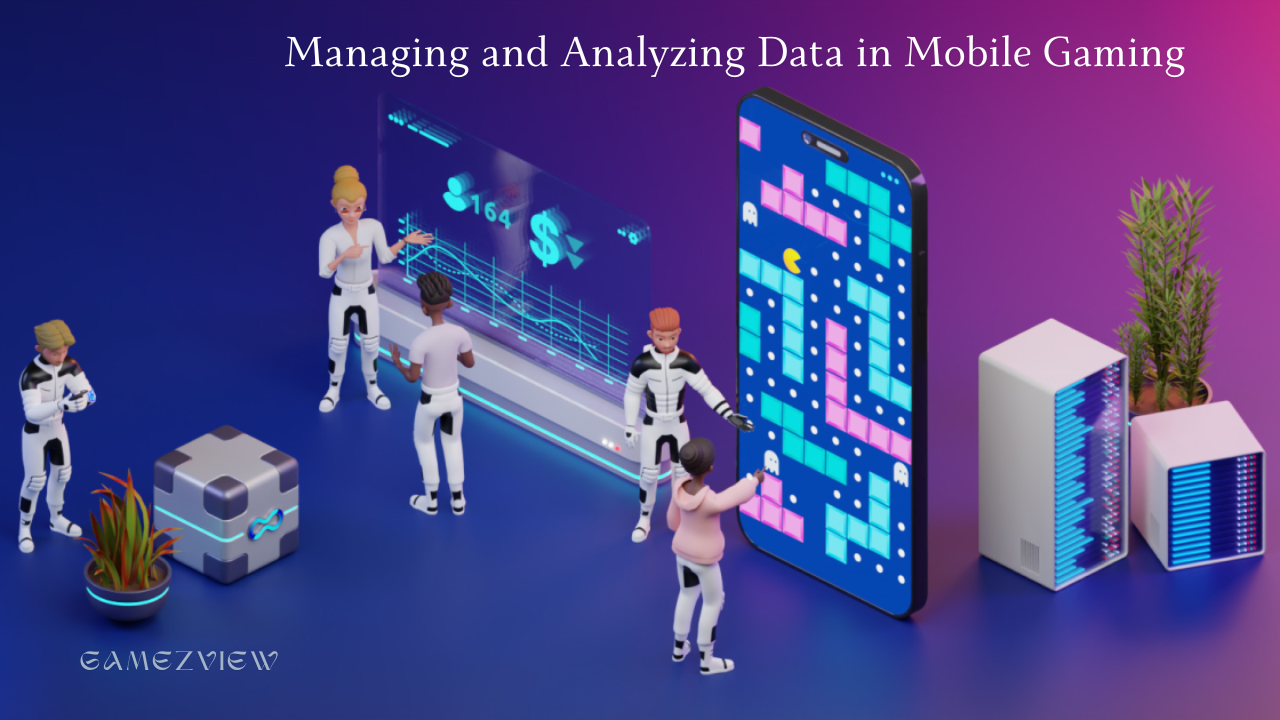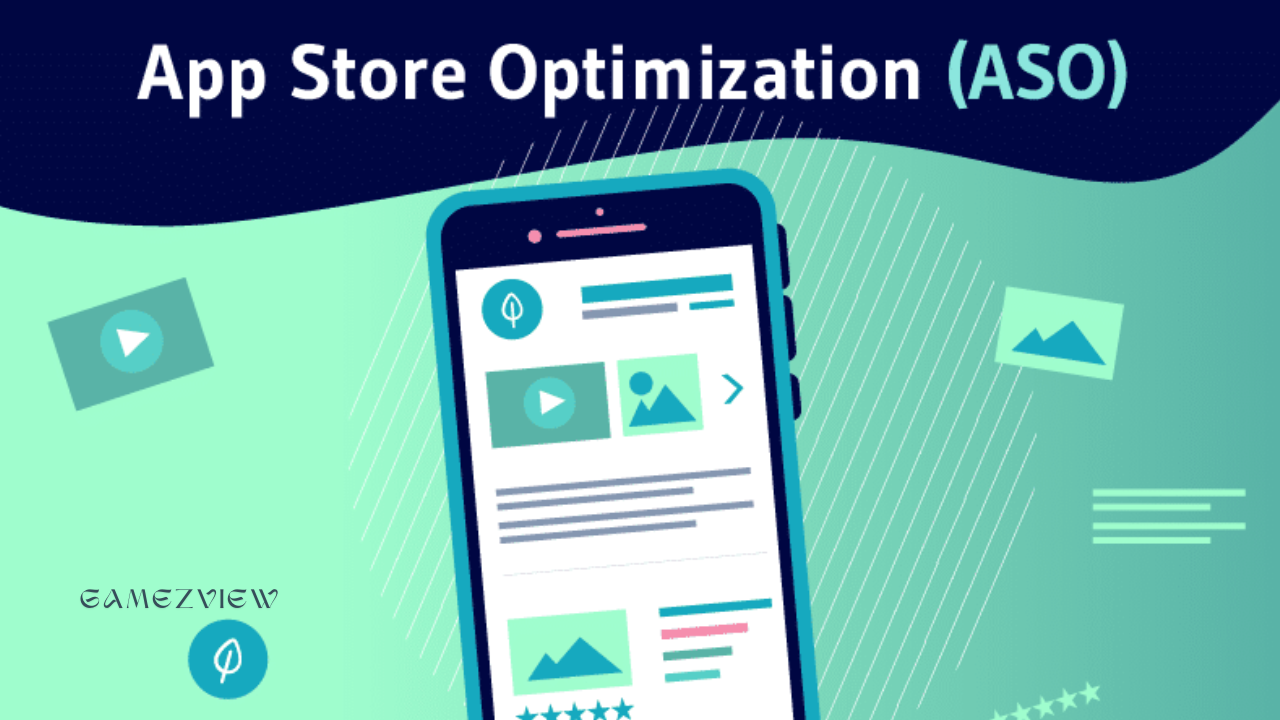The mobile gaming industry has experienced explosive growth over the past decade, bringing with it a massive influx of data. From player behaviour to in-game interactions, this data offers invaluable insights that can drive game development, optimize player experiences, and enhance monetization strategies. Effective management and analysis of this data are crucial for staying competitive in the fast-paced world of mobile gaming. This comprehensive guide delves into the key aspects of data management and analysis in mobile gaming, covering data collection methods, management practices, analysis techniques, and best practices.
Table of Contents
Toggle1. Importance of Data in Mobile Gaming
1.1 Enhancing Player Experience
Data analysis allows developers to understand how players interact with their games, which can lead to more engaging and enjoyable experiences. By examining player behaviour, developers can identify areas for improvement, adjust game mechanics, and enhance overall gameplay.
1.2 Optimizing Monetization Strategies
Mobile games typically generate revenue through in-app purchases, ads, and subscriptions. Analyzing player spending patterns and preferences helps developers design effective monetization strategies and maximize revenue opportunities.
1.3 Improving Game Performance
Monitoring data helps identify performance issues such as crashes, slow load times, or bugs. By addressing these issues, developers can enhance the game’s quality, reduce player churn, and improve overall satisfaction.
1.4 Personalizing Player Engagement
Data enables developers to create personalized experiences, such as targeted offers, notifications, and recommendations. Personalization can increase player retention and engagement, leading to a more loyal player base.

2. Data Collection Methods
2.1 In-Game Analytics
In-game analytics tools track player interactions and behaviours, such as time spent in-game, level completion rates, and in-app purchases. These tools provide real-time data to help developers understand player engagement and game performance.
Examples:
- Unity Analytics: Offers detailed insights into player behaviour and game performance.
- GameAnalytics: Provides customizable dashboards and reports to monitor player engagement.
2.2 User Feedback
Direct feedback from players through surveys, reviews, and in-game feedback mechanisms provides qualitative insights into player satisfaction and areas for improvement.
Examples:
- SurveyMonkey: Allows developers to create and distribute surveys to gather player opinions.
- Google Forms: A free tool for creating surveys and collecting feedback.
2.3 A/B Testing
A/B testing involves comparing different versions of a game feature to determine which performs better. This method helps developers make data-driven decisions about changes and optimizations.
Examples:
- Firebase A/B Testing: Provides tools to experiment with different app variants and measure their impact.
- Optimizely: Allows developers to test and optimize various aspects of their games.
2.4 Third-Party Data Sources
Integrating data from third-party sources, such as social media platforms and app stores, can offer additional insights into player behaviour and market trends.
Examples:
- App Annie: Offers data on app performance, market trends, and competitor analysis.
- Sensor Tower: Provides insights into app store rankings, reviews, and user demographics.
Utilizing App Store Features to Boost Visibility: A Comprehensive Guide
3. Data Management
3.1 Data Storage
Proper data storage is essential for managing the large volumes of data generated by mobile games. Developers must ensure that data is stored securely and can be accessed efficiently.
Options:
- Cloud Storage: Services like Amazon S3 and Google Cloud Storage offer scalable and reliable storage solutions.
- Database Management Systems: SQL and NoSQL databases, such as MySQL and MongoDB, can be used to store and manage game data.
3.2 Data Privacy and Security
Protecting player data is crucial for maintaining trust and complying with regulations. Developers should implement robust security measures and adhere to data privacy laws, such as GDPR and CCPA.
Best Practices:
- Encryption: Use encryption to protect data both in transit and at rest.
- Access Controls: Implement strict access controls to ensure that only authorized personnel can access sensitive data.
3.3 Data Integration
Integrating data from various sources, such as in-game analytics, user feedback, and third-party platforms, provides a comprehensive view of player behaviour and game performance.
Tools:
- ETL (Extract, Transform, Load) Tools: Tools like Apache NiFi and Talend can be used to integrate and transform data from multiple sources.
- Data Warehouses: Services like Google BigQuery and Amazon Redshift provide scalable solutions for storing and analyzing large datasets.

4. Data Analysis Techniques
4.1 Descriptive Analytics
Descriptive analytics involves summarizing historical data to identify patterns and trends. This technique helps developers understand past player behaviour and game performance.
Techniques:
- Data Visualization: Use charts, graphs, and dashboards to present data in an easily understandable format.
- Descriptive Statistics: Calculate measures such as mean, median, and standard deviation to summarize data.
4.2 Predictive Analytics
Predictive analytics uses historical data to forecast future player behaviour and game performance. This technique helps developers anticipate trends and make proactive decisions.
Techniques:
- Regression Analysis: Analyze relationships between variables to predict future outcomes.
- Machine Learning Models: Use algorithms such as decision trees and neural networks to identify patterns and make predictions.
4.3 Prescriptive Analytics
Prescriptive analytics provides recommendations for actions based on data analysis. This technique helps developers make informed decisions about game design, monetization, and player engagement strategies.
Techniques:
- Optimization Algorithms: Use algorithms to identify the best course of action based on defined objectives and constraints.
- Scenario Analysis: Evaluate different scenarios and their potential outcomes to determine the most effective strategies.
4.4 Real-Time Analytics
Real-time analytics involves analyzing data as it is generated, allowing developers to respond quickly to player behaviour and game performance issues.
Tools:
- Apache Kafka: A distributed streaming platform for processing real-time data feeds.
- Google Cloud Dataflow: A fully managed service for processing real-time data streams.
Creating a Strong and Appealing Game Trailer and Screenshots
5. Best Practices for Data Management and Analysis
5.1 Define Clear Objectives
Before collecting and analyzing data, developers should define clear objectives and key performance indicators (KPIs) to guide their efforts. This ensures that data collection and analysis are aligned with business goals.
Examples:
- Player Retention Rates: Measure how well the game retains players over time.
- In-App Purchase Conversion Rates: Track the percentage of players who make in-app purchases.
5.2 Use the Right Tools
Choosing the right tools for data collection, management, and analysis is crucial for effective data-driven decision-making. Developers should evaluate different tools based on their features, scalability, and compatibility with existing systems.
Examples:
- Analytics Platforms: Tools like Mixpanel and Amplitude offer advanced analytics capabilities for mobile games.
- Data Visualization Tools: Software such as Tableau and Power BI can help create insightful visualizations.
5.3 Continuously Monitor and Iterate
Data management and analysis should be an ongoing process. Developers should continuously monitor data, evaluate results, and make iterative improvements to enhance game performance and player experience.
Best Practices:
- Regular Reporting: Generate regular reports to track progress and identify areas for improvement.
- A/B Testing: Continuously test different features and strategies to optimize game performance.
5.4 Foster a Data-Driven Culture
Encouraging a data-driven culture within the development team can enhance decision-making and drive innovation. Developers should promote the use of data in decision-making processes and ensure that team members are trained in data analysis techniques.
Best Practices:
- Data Literacy Training: Provide training to team members on data analysis and interpretation.
- Cross-functional collaboration: Encourage collaboration between data analysts, developers, and other stakeholders.

Managing and analyzing data in mobile gaming is essential for understanding player behaviour, optimizing gameplay, and driving business success. By implementing effective data collection methods, robust management practices, and advanced analysis techniques, developers can gain valuable insights that lead to better game design, enhanced player experiences, and increased revenue. Embracing a data-driven approach and continuously iterating based on data insights will help mobile game developers stay competitive and deliver exceptional gaming experiences.
Paid Advertising Options for Mobile Games: Maximizing Your Reach and Engagement



